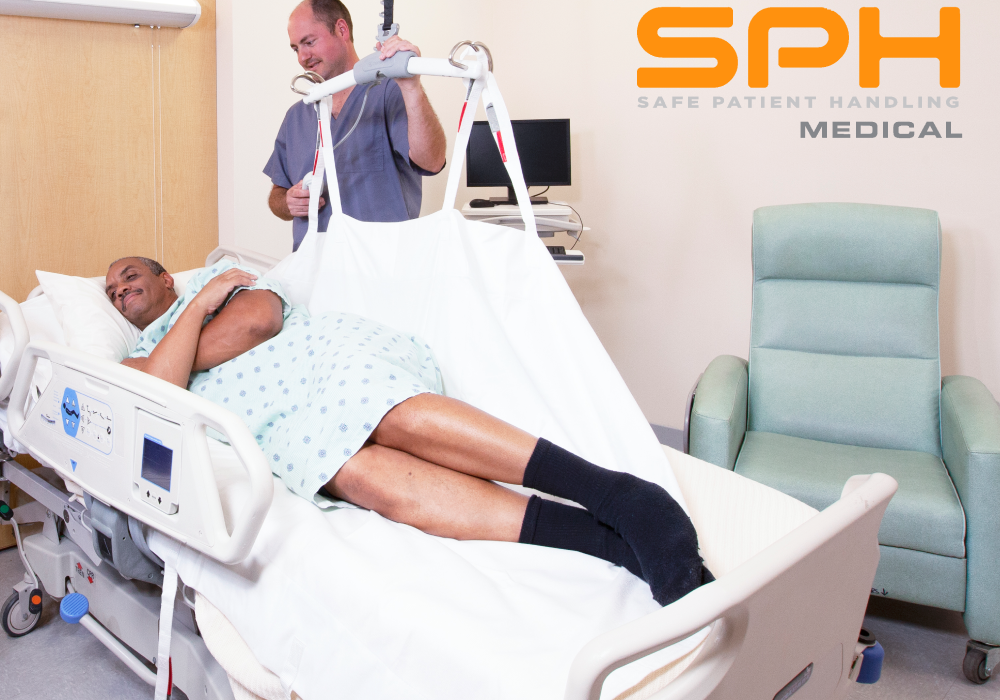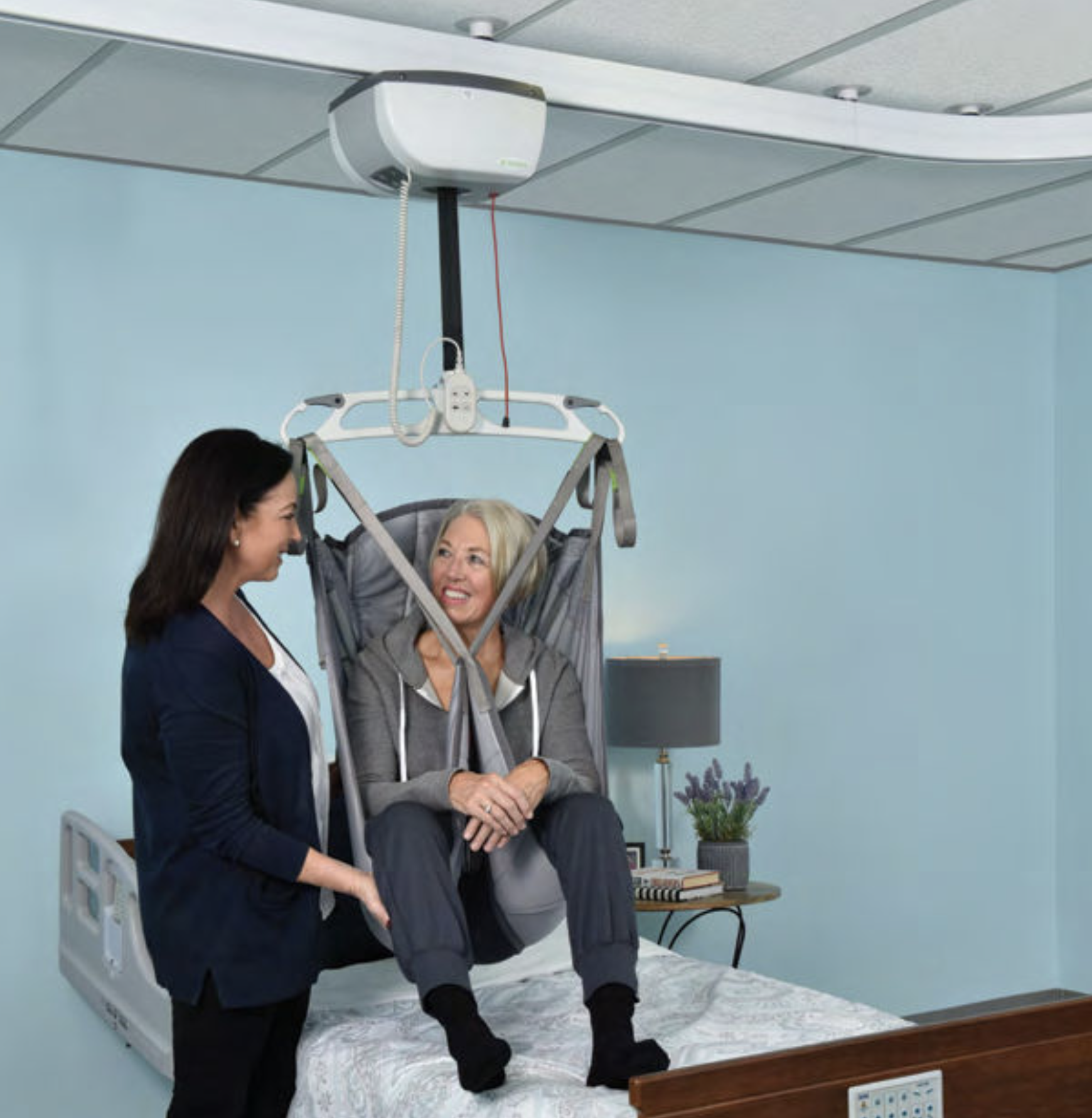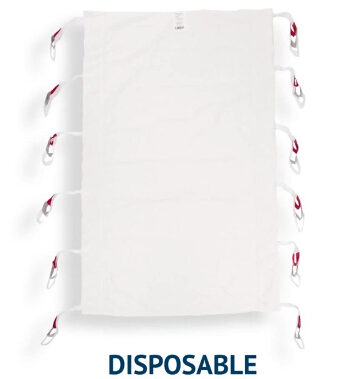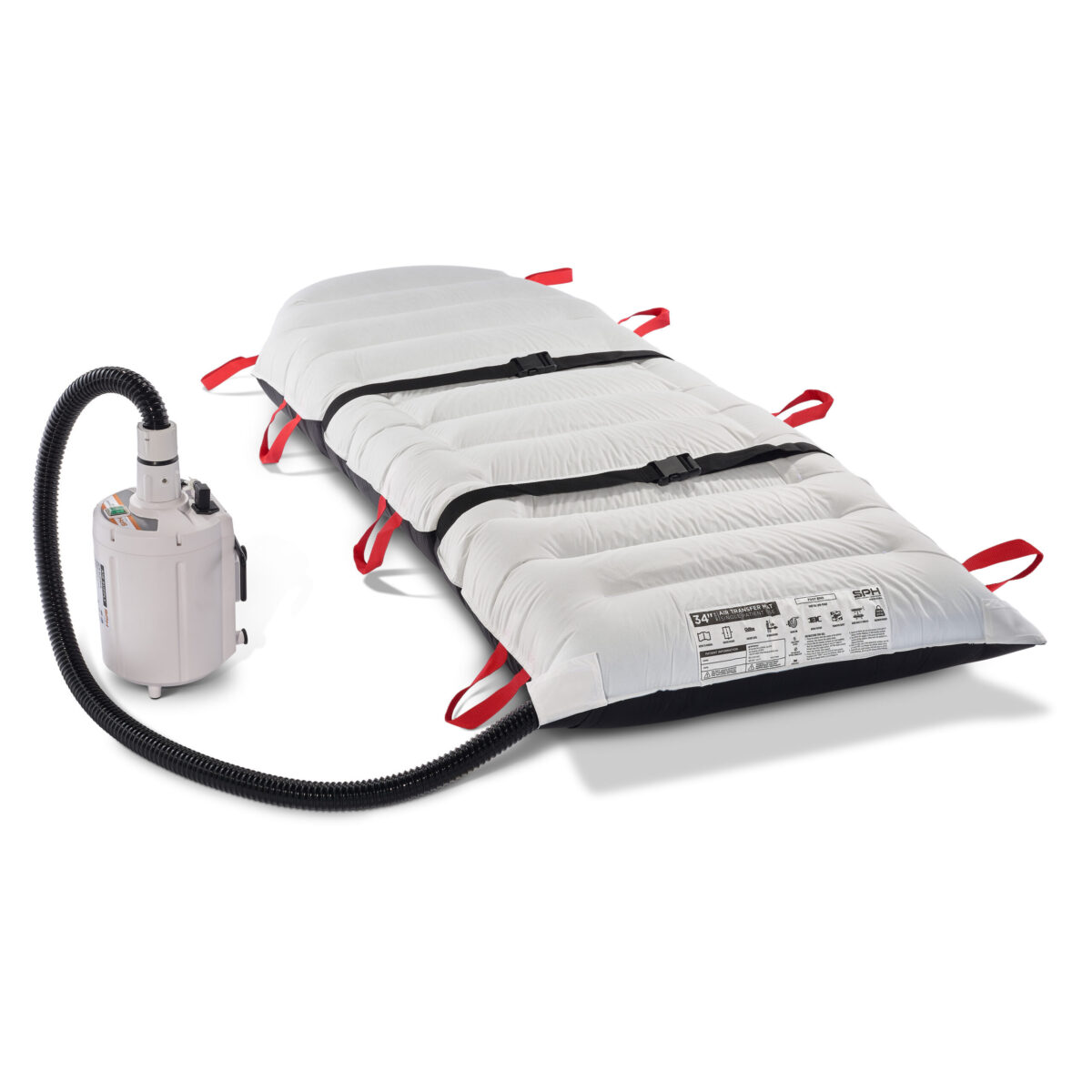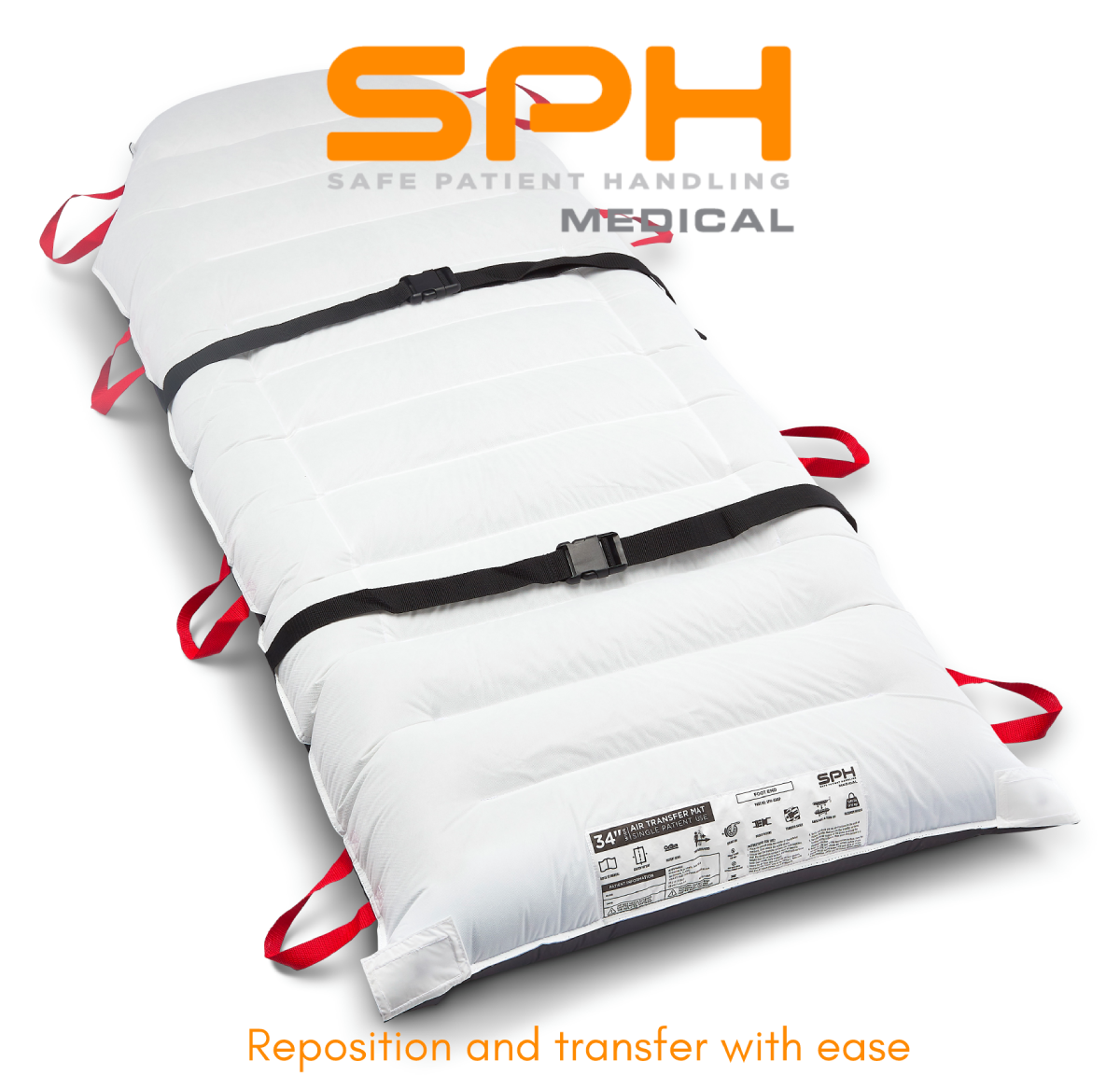Nurses often face significant physical demands during their daily routines, particularly when repositioning patients in bed, turning them, or performing lateral transfers to gurneys. These tasks, integral to patient care, are performed frequently and expose nurses to a high risk of musculoskeletal injuries. The repetitive nature of moving patients, who may be unable to assist themselves, contributes to the potential for back strain, shoulder injuries, and other musculoskeletal issues. Addressing these risks with patient repositioning sheets is crucial not just for the health and safety of nurses but for maintaining the overall quality of patient care. When nurses are injured, it can lead to staff shortages, increased healthcare costs, and compromised patient care standards. Thus, mitigating these risks is vital for enhancing nurse safety and ensuring that patients receive the best possible care.
Understanding Repositioning Sheets
Patient repositioning sheets, also known as repositioning slings, are specially designed sheets used in hospitals to facilitate the safe handling of patients. These sheets are crafted to reduce the physical burden on nurses by assisting in the repositioning process. By providing additional support and ease of movement, repositioning sheets help minimize the physical strain on healthcare workers. This reduction in strain not only decreases the likelihood of nurse injuries but also enhances patient safety by ensuring movements are smoother and more controlled.
Key Features
Breathability: The materials used in SPH Medical’s repositioning sheets are crucial for patient comfort and skin health. Breathable fabrics help maintain skin integrity by reducing moisture buildup, which can otherwise lead to skin breakdown and pressure injuries. Choosing sheets made from breathable materials can significantly enhance patient comfort and prevent complications.
Size: Effective repositioning sheets come in various sizes to accommodate different patient needs. Having sheets in optimal dimensions ensures they can be used on beds of various sizes and for patients of different body types, enhancing their versatility and usability across different hospital settings.
Universal Compatibility: One of the standout features of high-quality repositioning sheets is their universal compatibility with overhead lifts. Using a simple hook and loop system, these sheets can be easily attached to lifting devices, streamlining the repositioning process and making it more efficient and safer for both nurses and patients.
Benefits of Using Repositioning Sheets
The use of repositioning sheets offers numerous benefits, primarily enhancing nurse safety by reducing the physical demands of patient handling. By lowering the risk of work-related injuries, these sheets contribute to a healthier, more sustainable work environment for healthcare providers. Moreover, efficient and safe repositioning improves patient outcomes. Patients experience greater comfort and a reduced risk of pressure injuries, which are significant concerns in prolonged hospital stays. Additionally, repositioning sheets can enhance operational efficiency by minimizing the time and effort required for patient handling tasks, ultimately leading to more streamlined workflows and improved resource management within healthcare facilities.
Overhead patient lifts have emerged as a crucial investment for hospitals aiming to reduce nursing injuries effectively. Studies consistently show that the integration of overhead lift systems is one of the most impactful measures in minimizing musculoskeletal disorders among healthcare staff. These lifts significantly decrease the physical strain involved in patient handling tasks, offering a safer alternative that reduces the likelihood of injuries. By enabling smooth and controlled patient transfers, overhead lifts not only protect nurses but also improve patient safety and comfort during repositioning.
SPH Medical offers an impressive range of overhead lifts, including the advanced M series lift motors, designed to facilitate comprehensive patient care throughout the day. These innovative systems are engineered to handle various patient handling tasks, ensuring that nurses can reposition patients with ease and efficiency. The M series motors provide seamless operation, allowing for quick and secure attachments to repositioning sheets, which streamlines the process and enhances the workflow within healthcare settings. This advanced technology supports the goal of delivering high-quality patient care while safeguarding the health and well-being of nursing staff.
In summary, the implementation of patient repositioning sheets in hospital settings presents a dual advantage. They safeguard nurse health by alleviating the physical demands of patient handling and simultaneously improve patient care quality by ensuring more comfortable and safe repositioning. Healthcare facilities should invest in high-quality repositioning sheets as a proactive measure to protect their workforce and elevate the standard of care provided to patients. By doing so, hospitals can reduce healthcare costs associated with nurse injuries and enhance overall operational efficiency, leading to a more sustainable and effective healthcare environment.

